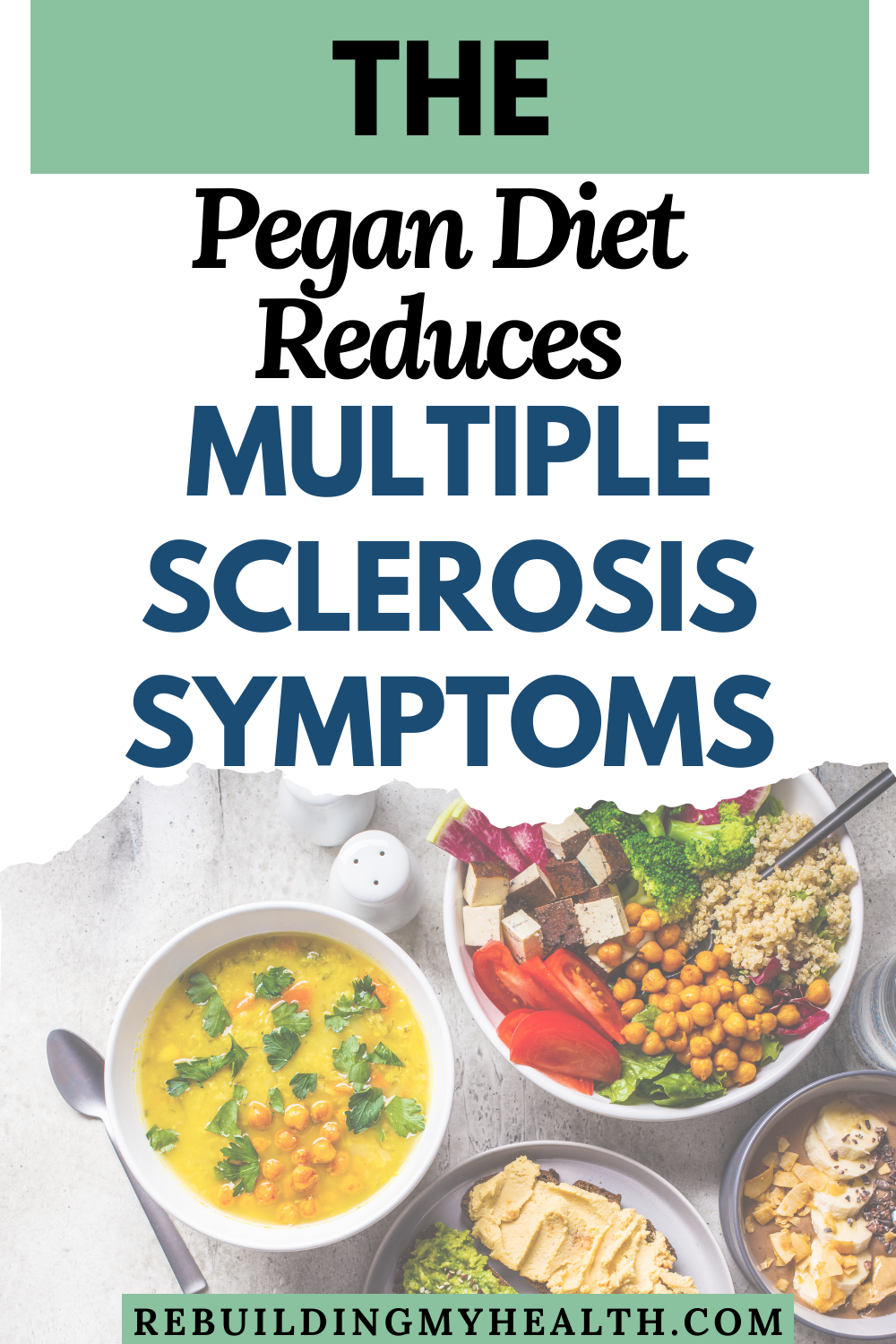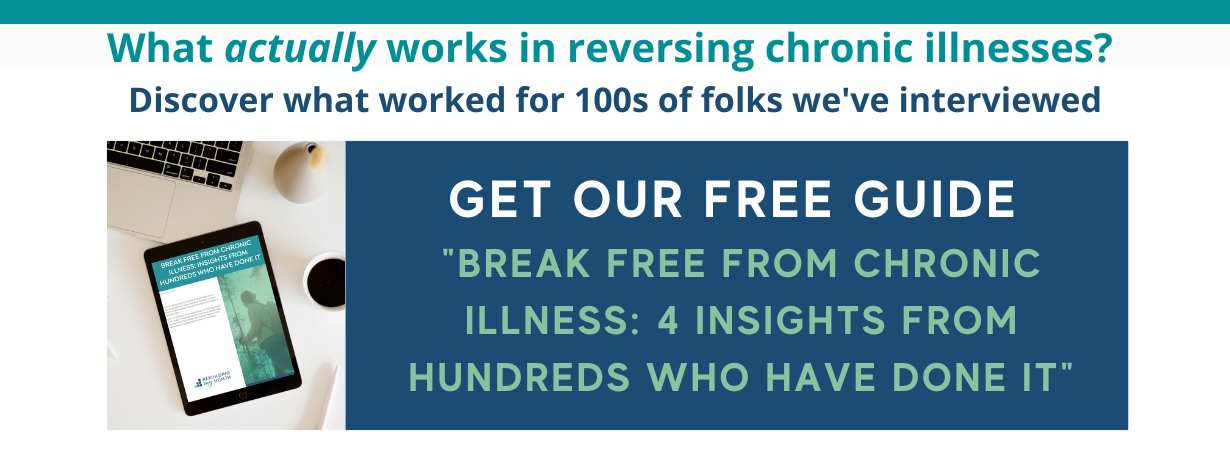California Woman Back on the Horse after Easing Multiple Sclerosis with ‘Pegan’ Diet
“Making even small changes can help. I am meant to heal through telling my story, inspiring others to follow a food protocol that heals and that can, I believe with my whole heart, prevent disease in the body.”
– Angela
Angela has always been active, from working as a massage therapist to riding horses.
But in 2012, a tremor in her left arm began to threaten all that.
“I had run my elbow really hard into the refrigerator door handle a few days before,” she says. “So I absolutely convinced myself this is just a pinched nerve. I went to fill up a water bottle at the sink and I couldn’t hold that water bottle still with my left hand – and then that didn’t go away.”
At first, her arm tremored only when she tried to use it – to remove a pen cap or type. Then, it began shaking all the time.
At the same time, her hip was out of whack, she thought, from a torn labrum for which she had undergone surgery. She couldn’t hold a flip-flop on that foot, and couldn’t walk very long without limping.
But the most telling of her symptoms happened between her ears.
“I wouldn’t have been able to have conversations like this, and talk, compute and listen because my brain just did not compute what was being told to me,” she says.
For that reason, she had to give up driving longer distances, sticking only to familiar drives near her California home.
She had never felt so tired and had ended up in the ER three or four times over a couple of years because of illness.
Difficulty moving, holding conversations and enduring the workday all threatened her job as a massage therapist.
“Massaging was becoming a little difficult, but I really just covered it up,” she says. “I wanted to heal. I wanted to keep going because I thought I would get better.”
As those strange symptoms progressed, she reluctantly let go of her beloved horseback riding, an activity she had enjoyed since she was a child.
“My skin was on fire. My brain was on fire. My body was on fire. But why? No one could answer that question,” she says.
An MRI…Confirms Multiple Sclerosis
After hearing her list of symptoms, Angela’s chiropractor recommended that she get a brain MRI. But she didn’t understand the point.
“I thought, ‘What does that have to do with the pinched nerve in my arm?’”
Still, she went ahead with the MRI. The following day, her doctor called with the results: the scan showed the telling lesions of multiple sclerosis (MS) on her brain.
“That was the first time I had heard of MS,” she says.
But doctors still needed further confirmation in the form of a spinal tap and related symptoms. For the latter, Angela’s recount of her difficulty walking finally confirmed her diagnosis.
Finding Food Triggers
Soon after her diagnosis, Angela began Tysabri infusions in an effort to slow the progression of multiple sclerosis and steroids to reduce the inflammation.
Even prior to her diagnosis, Angela followed a healthy gluten-free, pescatarian diet. But persistent psoriasis led her to begin tracking everything she ate.
Her doctor at the time asked her to stop some of the practices she’d picked up to be healthier, such as her daily morning smoothie. In doing so, she could isolate any food triggers.
Within a few days of ceasing those smoothies, her skin had improved considerably. Through more trial and error, she ultimately linked soy – in her smoothie – with her skin condition.
With that, she began religiously reading every label before ingesting a food or applying it topically. Surprisingly, she found that her favorite massage oil included soybean oil, which worsened the extreme psoriasis on her hands and arms.
The Pegan Diet for Multiple Sclerosis
Angela also learned everything she could about autoimmunity. A free online summit, put on by experts, led her to make more life-altering diet changes.
She followed an eight-week paleo elimination protocol recommended by Dr. Amy Myers – leading her to lose weight and feel better.
She also tried the Wahls Protocol diet, but after being pescatarian, wasn’t a fan of the organ meats recommended on the diet.
Finally, she found what worked best for her, a mix of paleo and vegan, or pegan.
“Now I appreciate a more plant-based diet, but with the understanding that animal protein is important. I have to put it in my life where it fits best,” she says. “Most people do need animal protein but we need very little amounts of it.”
For animal protein and fat, Angela consumes 32 ounces a day of chicken bone broth, plus vegetable broth.
Along with diet, she supplements with vitamin D3, iron, curcumin, digestive enzymes and beneficial yeast.
Angela’s own success with tracking foods led her to create a food log, called The Flog Journal: A Six-Month Food Journey for Those Who Want to Feel Amazing Every Day.
The journal helps users track their foods and assign a points system to how they feel, enabling them to refine their diets based on data – just as Angela did.

Better Brain, Skin, Digestion and Function
With diet changes, Angela’s skin has cleared, her digestion improved, her arm tremor reduced and her brain fog dissipated.
“Changing my diet to a non-inflammatory diet reversed my skin issues, anxiety, depression, restless leg syndrome, numbness and tingling, and the list goes on,” she says.
“With my job as a massage therapist, I talk to people and learn more about people’s health that way,” she adds. “When I was so sick, I wouldn’t have had these conversations with you right now or anybody else and been able to talk, compute and listen to everything that we are talking about. My brain just did not compute what was being told to me.”
That progress led her to stop Tysabri infusions, and instead, rely on diet.
Angela still finds that she’s sensitive to hot temperatures and her left leg doesn’t function as well as she’d like.
But she’s grateful for the functions she has regained, and to be able to continue working as a massage therapist.
And after a four-year break, she returned to riding horses. Before, she taught at a therapeutic riding center. Now she’s a customer of theirs.

“It was hard to go from being the teacher to being the student,” she says. “I definitely make sure that I take my weekly lessons and make sure I ride because that was a big part of it my life and I try keep it a big part of it.”
For others facing multiple sclerosis, or any chronic illness, Angela stresses that you may have more control over your health than you think.
“Every day is a chance to feel better,” she says. “Making even small changes can help. I am meant to heal through telling my story, inspiring others to follow a food protocol that heals and that can, I believe with my whole heart, prevent disease in the body.”
If you enjoyed this story, you might also like: Former Pizza Guy Knocks Out 95% of Multiple Sclerosis Symptoms with Lifestyle Overhaul.
The information on this site is for educational and inspirational purposes only and is not intended to replace the advice of qualified professionals. Keep in mind that what works for one person may not work for another. Always consult your healthcare practitioners before beginning new approaches or treatments. Some links on Rebuilding My Health may be affiliate links. This means that we may receive a commission - with no additional cost to you - if you make any purchases using those affiliate links. Rebuilding My Health is a participant in the Amazon Services LLC Associates Program. Learn more.


